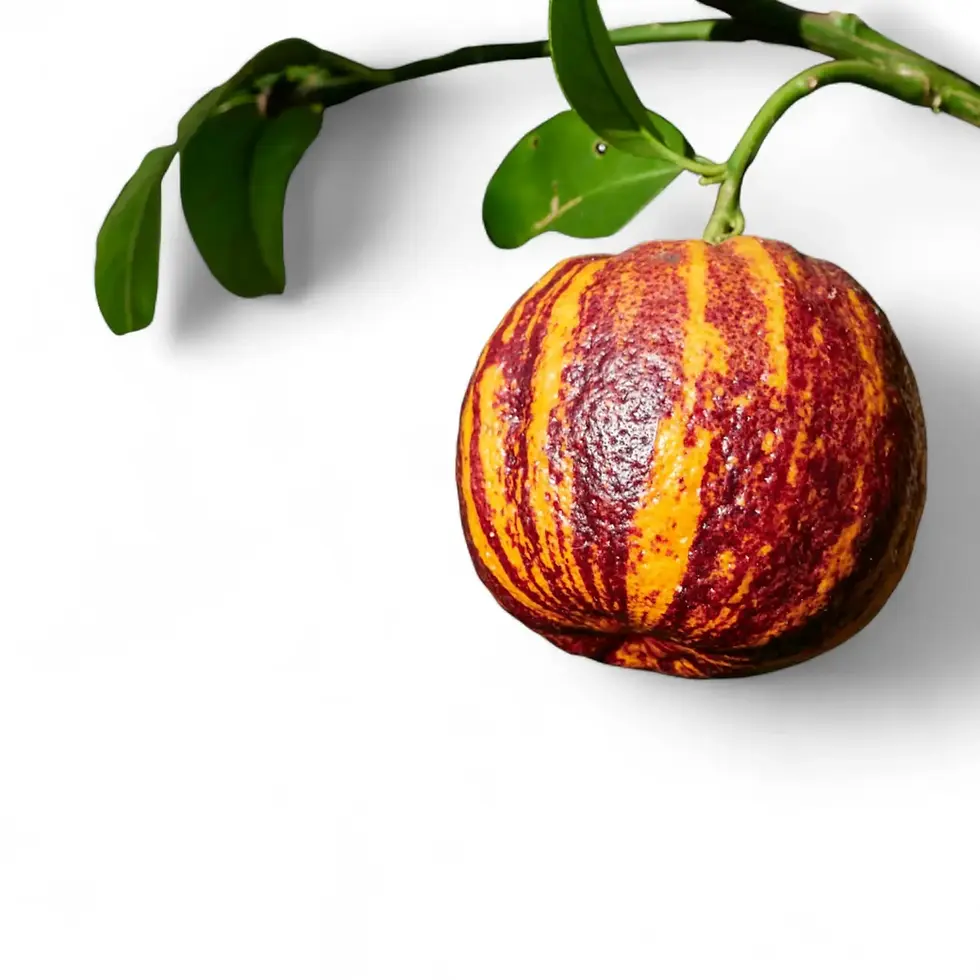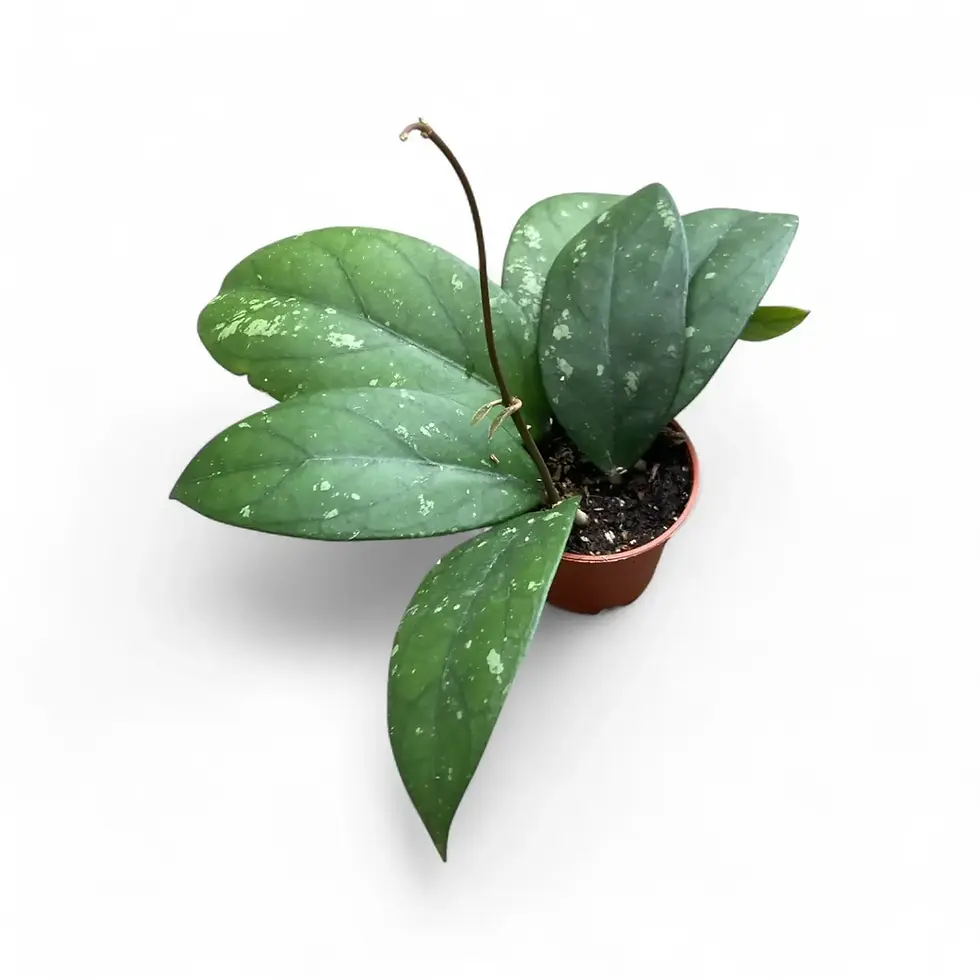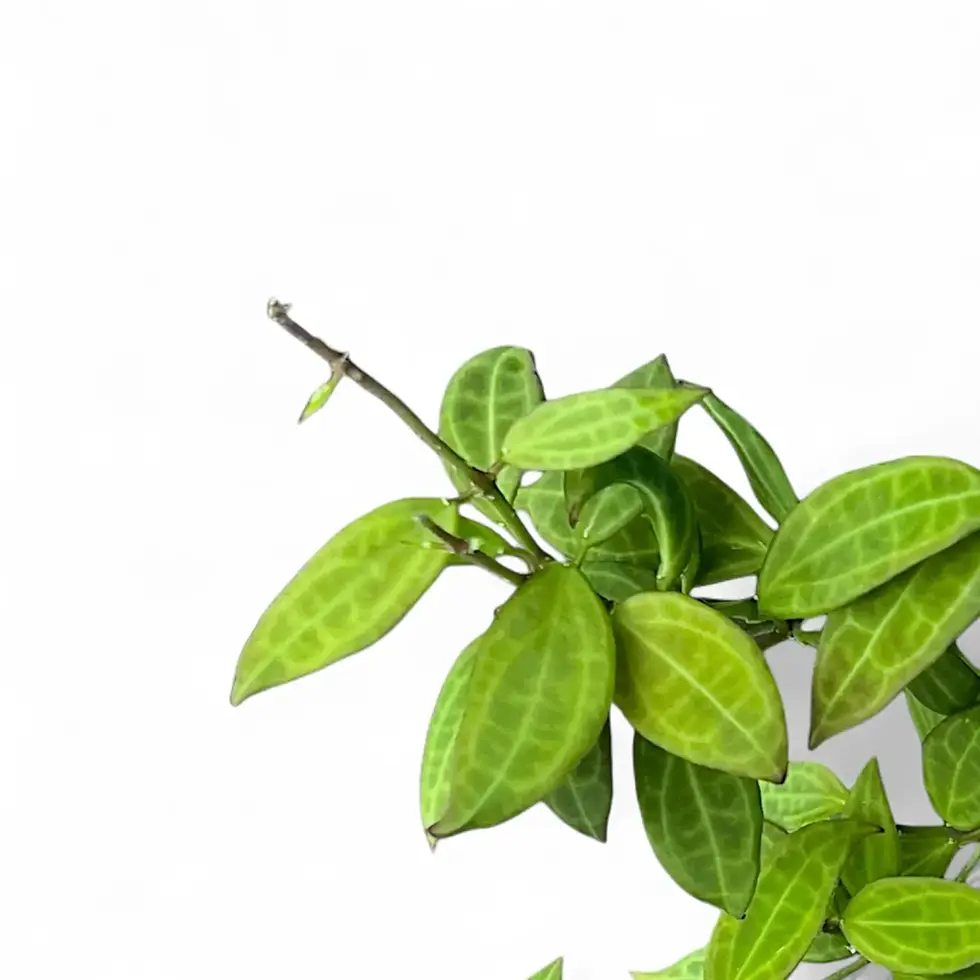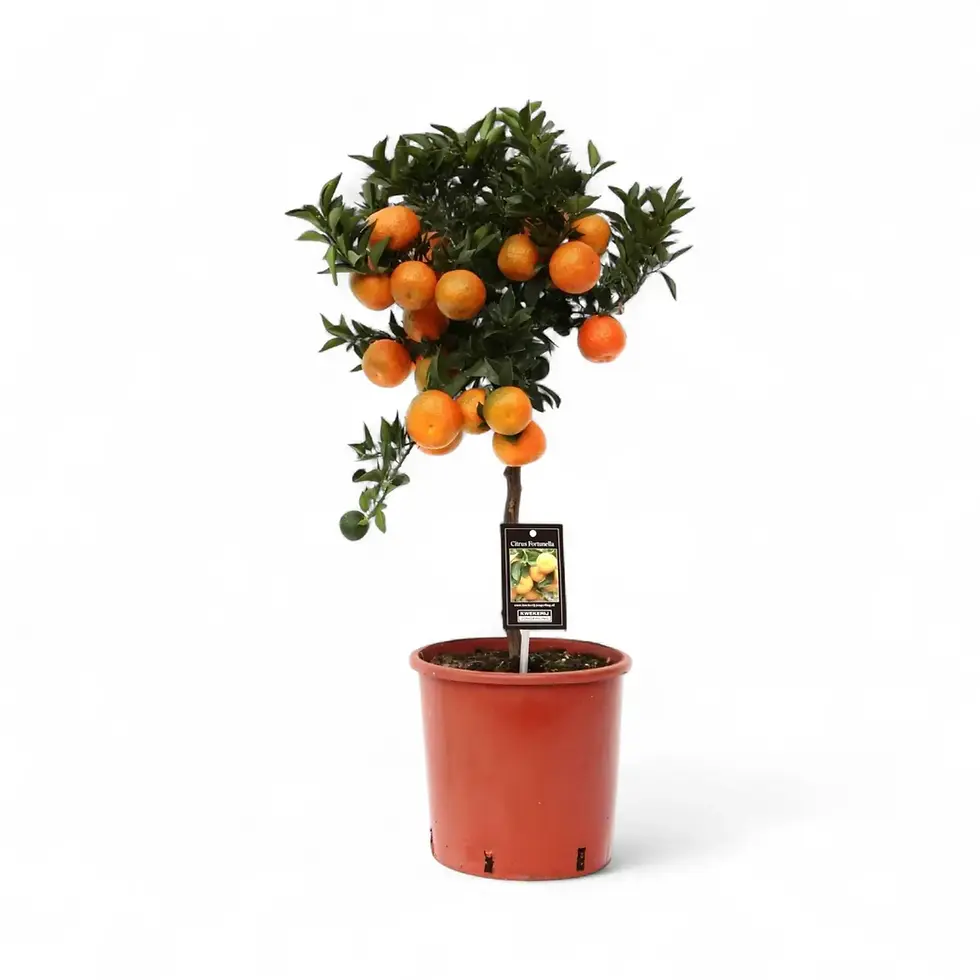Medinilla magnifica – A Tropical Statement Plant for Indoors
With cascading clusters of rose-pink bracts and lush architectural foliage, Medinilla magnifica transforms bright rooms into vibrant indoor jungles. Native to the misty cloud forests of the Philippines, this plant brings dramatic flowers and a touch of rainforest refinement to your home. Its thick, veined leaves and square upright stems provide year-round structure — while each flower cluster hangs like a living chandelier for up to eight weeks.
If you're looking for an eye-catching, pet-safe flowering plant that feels like living décor, this one earns its space.
Why Medinilla magnifica Stands Out
- Exotic flowering display: Long pendant sprays of pink bracts and pale, orchid-like flowers last up to 8 weeks.
- Bold, evergreen foliage: Deep green, leathery leaves with defined venation on strong, sculptural stems.
- Indoor-ready scale: Grows 1–1.5 m tall in pots — impressive but not overwhelming.
- Non-toxic: Safe for pets and children — no harmful compounds detected.
This plant is ideal for those wanting tropical impact with botanical character — no greenhouse required.
From the Forest Canopy to Your Living Room
Medinilla magnifica is native to the cloud forests of Luzon, where it grows epiphytically on moss-covered trees at elevations between 300 and 1,400 m. It thrives in dappled light, steady humidity, and warm temperatures year-round. In cultivation, it prefers similar conditions — bright but filtered light, moisture-retentive soil, and stable humidity above 60 %.
Outdoors in its native setting, it may reach over 2 m, but indoors it maintains a manageable size with stunning bloom potential.
Care Blueprint for Stunning Indoor Blooms
- Light: Needs bright, indirect or filtered light. East-facing windows or sheer-curtained southern spots are perfect.
- Watering: Keep soil lightly moist during growth and bloom. After flowering, reduce slightly — but never let it fully dry out.
- Humidity: Prefers ≥ 60 %. Use a humidifier or cluster with other plants. Do not mist the blooms directly.
- Temperature: Best kept between 18–25 °C. Cooler nights (16–18 °C) can help trigger blooming in mature plants.
- Substrate: Choose a breathable, slightly acidic mix — orchid bark, peat, and perlite work well together.
- Feeding: Fertilize every 2–4 weeks at half strength during active growth and flowering. Pause during rest periods.
- Repotting: Refresh soil every 2 years in spring. Use a sturdy pot to support top-heavy flowering stems.
- Propagation: Take semi-woody cuttings with nodes. Root in moist, airy substrate under warm, humid conditions.
- Hydro Option: Suitable for mineral substrates with consistent moisture and a stable nutrient solution.
- After Blooming: Let the plant rest by easing off water and fertiliser for 4–6 weeks. This supports next year’s bloom cycle.
Tip: While not as forgiving as common foliage plants, Medinilla is quite manageable with consistent care — even for beginners with humidity-loving setups.
Common Issues and Practical Solutions
- Yellowing leaves: Often caused by excess moisture or poor drainage. Adjust watering and ensure proper substrate aeration.
- Bud drop: Sudden temperature changes or relocating the plant during bud formation can cause loss. Keep it in a stable spot once buds appear.
- Brown tips: Usually a humidity or water quality issue. Boost humidity and use rainwater or filtered water.
- Pests: Check regularly for spider mites, scale, or mealybugs. Treat early with neem oil or insecticidal soap.
Where to Place Medinilla magnifica
This flowering houseplant looks best elevated — on a pedestal, plant stand, or side table — where its arching blooms can cascade freely. Ideal for bright rooms with indirect light, especially in interiors with clean lines and high ceilings. Avoid low placement or direct sun exposure.
What the Flowers Actually Look Like
Each bloom cluster consists of layers of rose-pink bracts surrounding soft lavender-pink true flowers on a pendulous stalk. The full effect is tiered and chandelier-like — tropical, refined, and visually rich. New buds may form again the following season if conditions are met.
Historical Roots and Name Origin
First described by John Lindley in 1850, Medinilla magnifica became a sought-after centerpiece in 19th-century European greenhouses. The genus name honours José de Medinilla y Pineda, and magnifica — Latin for “magnificent” — fits its blooming performance. Though often nicknamed the “Philippine orchid,” it belongs to the Melastomataceae family, not Orchidaceae.
Your Questions About Medinilla – Answered
- How long do Medinilla flowers last indoors?
Typically 6–8 weeks under stable light and humidity. - Can it tolerate low humidity?
Not well — below 60 % may lead to browning or failed blooms. Humidity control is key. - Is it difficult to grow?
Not difficult, but sensitive to sudden changes. With stable care, it’s a rewarding plant — even for beginners. - How do I encourage blooming?
Provide cooler nights for 1–2 weeks (16–18 °C) and slightly reduce watering. Mature plants often respond with new buds. - What’s the best propagation method?
Semi-woody stem cuttings with at least one node. Use an airy substrate, high humidity, and indirect warmth.
Ready to Grow a Living Showpiece?
Add lush tropical structure and long-lasting blooms to your space with Medinilla magnifica. This striking cloud forest plant rewards stable care with extraordinary floral displays — order yours today and bring home a conversation-starting centerpiece.
Medinilla magnifica
Medinilla magnifica is approx 60 cm tall and comes in a ⌀ 17 cm pot































